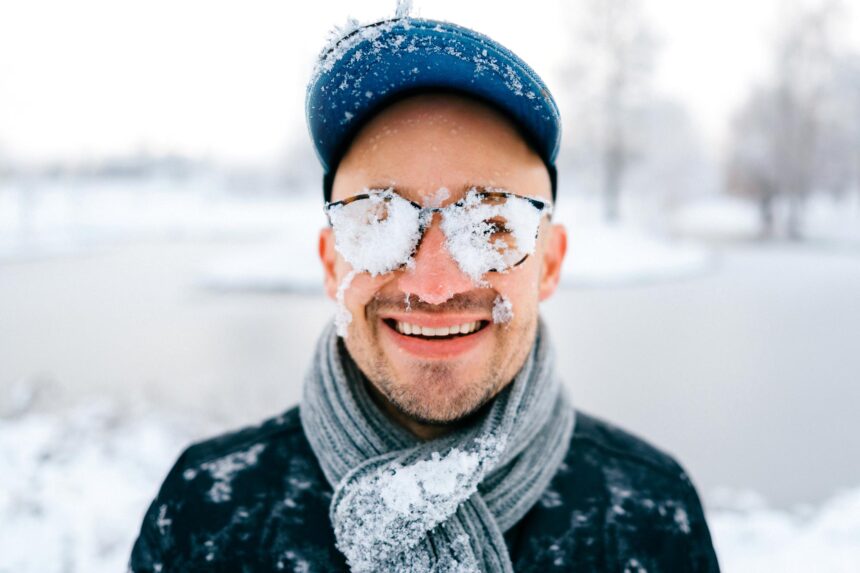espite global warming, parts of the United States still experience unexpectedly severe winter cold—and scientists may now understand why.
A recent international study, published in Science Advances, sheds new light on the erratic nature of winter weather. Researchers focused on the behavior of the stratospheric polar vortex, a massive swirl of frigid air high above the Arctic. They identified two distinct configurations of the vortex that dictate which regions of the U.S. bear the coldest Arctic blasts.
Two Faces of the Polar Vortex
The first configuration sends the vortex to Western Canada, directing icy air into the Northwestern U.S. The second pattern pushes it toward the North Atlantic, unleashing plunging temperatures across the Central and Eastern states. These patterns emerge when the normally circular vortex becomes “stretched”—a disruption in circulation that distorts jet stream paths and drags Arctic air further south.
According to the researchers, this distorted vortex behavior explains why extreme cold still strikes even amid overall warming—a pattern increasingly observed since around 2015.
Why Northwest Winters Suddenly Feel Colder
One striking finding is the northwestern U.S.’s tendency toward colder winters since 2015—an anomaly within broader warming trends. The scientists connect this shift to the rising frequency of the westward vortex formation, which aligns with stronger negative phases of the El Niño–Southern Oscillation (ENSO), a pivotal global climate driver.
“Climate change doesn’t just mean endless warming. It also disrupts weather dynamics in complex and sometimes surprising ways,” noted the study authors.
The Importance of Looking Up
This research goes beyond headlines about the “polar vortex” and instead examines the subtle stratospheric patterns shaping regional weather. Understanding these mechanisms could significantly enhance long-range forecasting—helping power systems, farmers, and cities better brace for winter extremes, even as average temperatures inch upward.
In short, while global warming continues to raise average temperatures, the stratosphere’s influence is steering Arctic cold into specific U.S. regions—reminding us that climate change brings not only gradual warmth, but also unpredictable and occasionally fierce winter storms.







